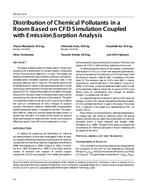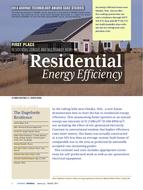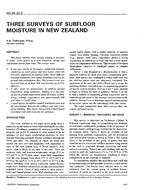Hybrid ventilation systems have been previously shown to reduce cooling and ventilation energy consumption, however they often require large atria and do not sufficiently attenuate ambient noise, especially in urban areas. This paper presents a case study of a new ten story 83,700 ft2 (7,780 m2) office building in downtown Tokyo with a hybrid ventilation system that uses only 1.7% of the building footprint for ventilation shafts. A special design approach is used to predict the hybrid ventilation potential of this building. As a first step, an airflow network model tool developed at MIT is used to predict the overall building conditions (temperature and airflow rate) inside the building when using pure and fan-assisted natural ventilation on a monthly basis. As a second step, Computational Fluid Dynamics (CFD) simulations are used to investigate airflow and temperature distributions in the open-plan office space and inform the design of exhaust airflow conditions. The building is currently under construction. Pure natural ventilation is predicted to provide comfortable conditions within the space, according to ASHRAE Standard 55, for 727 of a possible 1400 working hours between April and October in Tokyo. That time can be extended to 1018 hours if low-power fans that operate with less than 6% of the energy required for mechanical cooling are used to leverage the low airflow resistance of the building. CFD simulations indicate that the inlet angle of the incoming air into the room has a significant effect on the temperature distribution in the space.
Product Details
- Published:
- 2012
- Number of Pages:
- 8
- File Size:
- 1 file , 2.7 MB
- Product Code(s):
- D-CH-12-C073
- Note:
- This product is unavailable in Russia, Belarus


